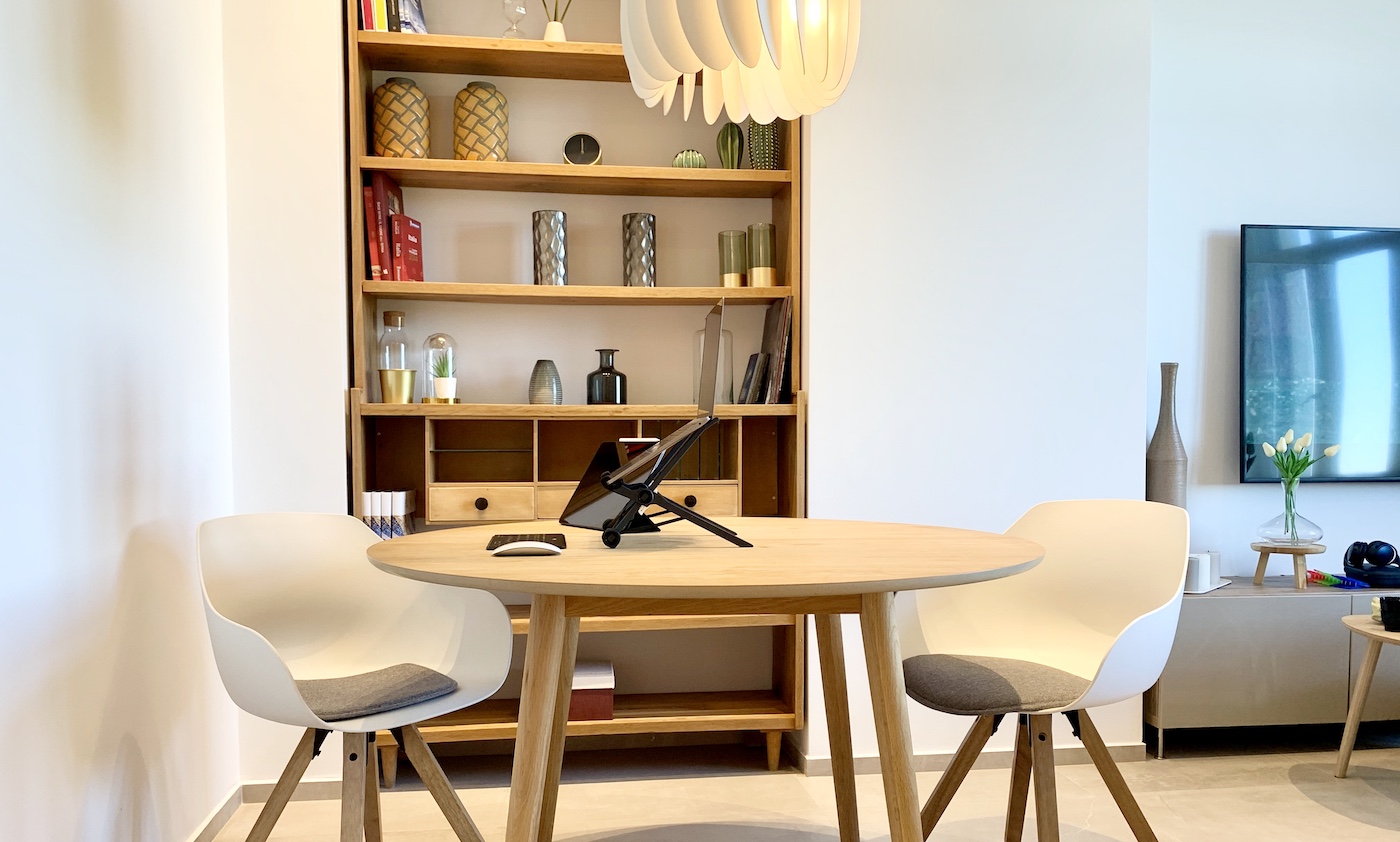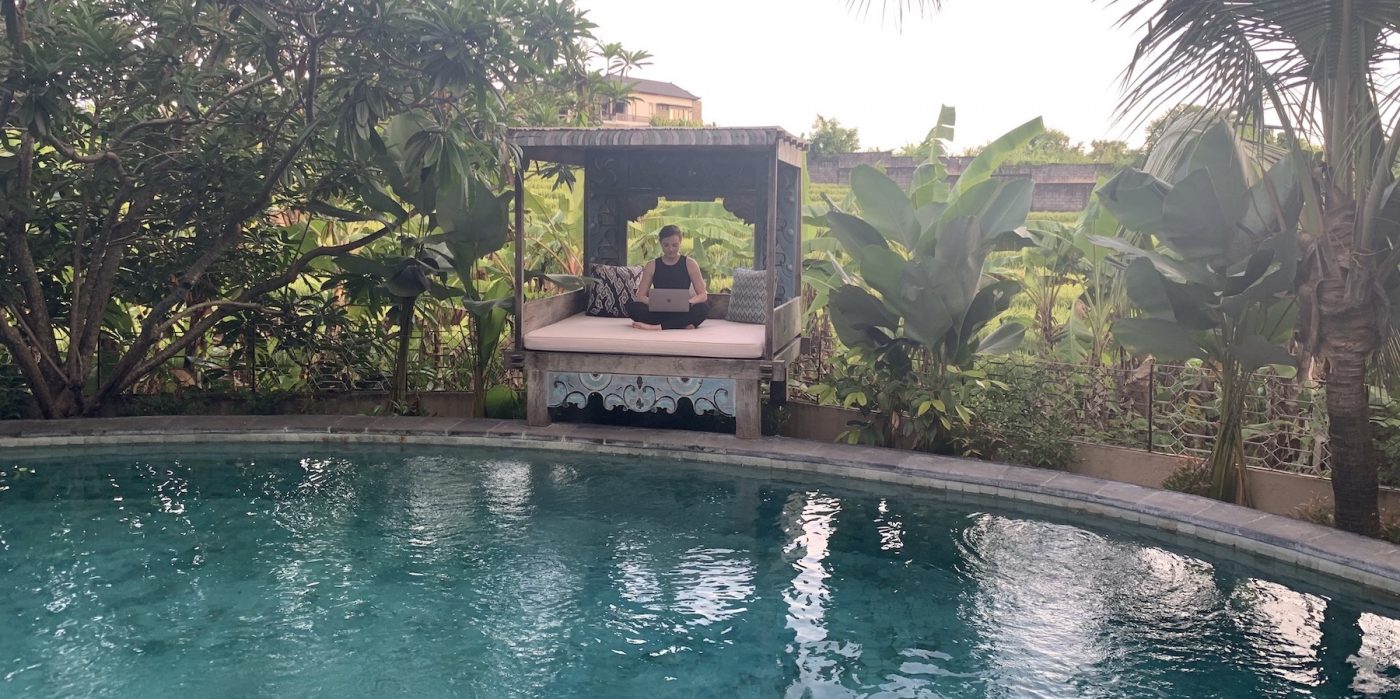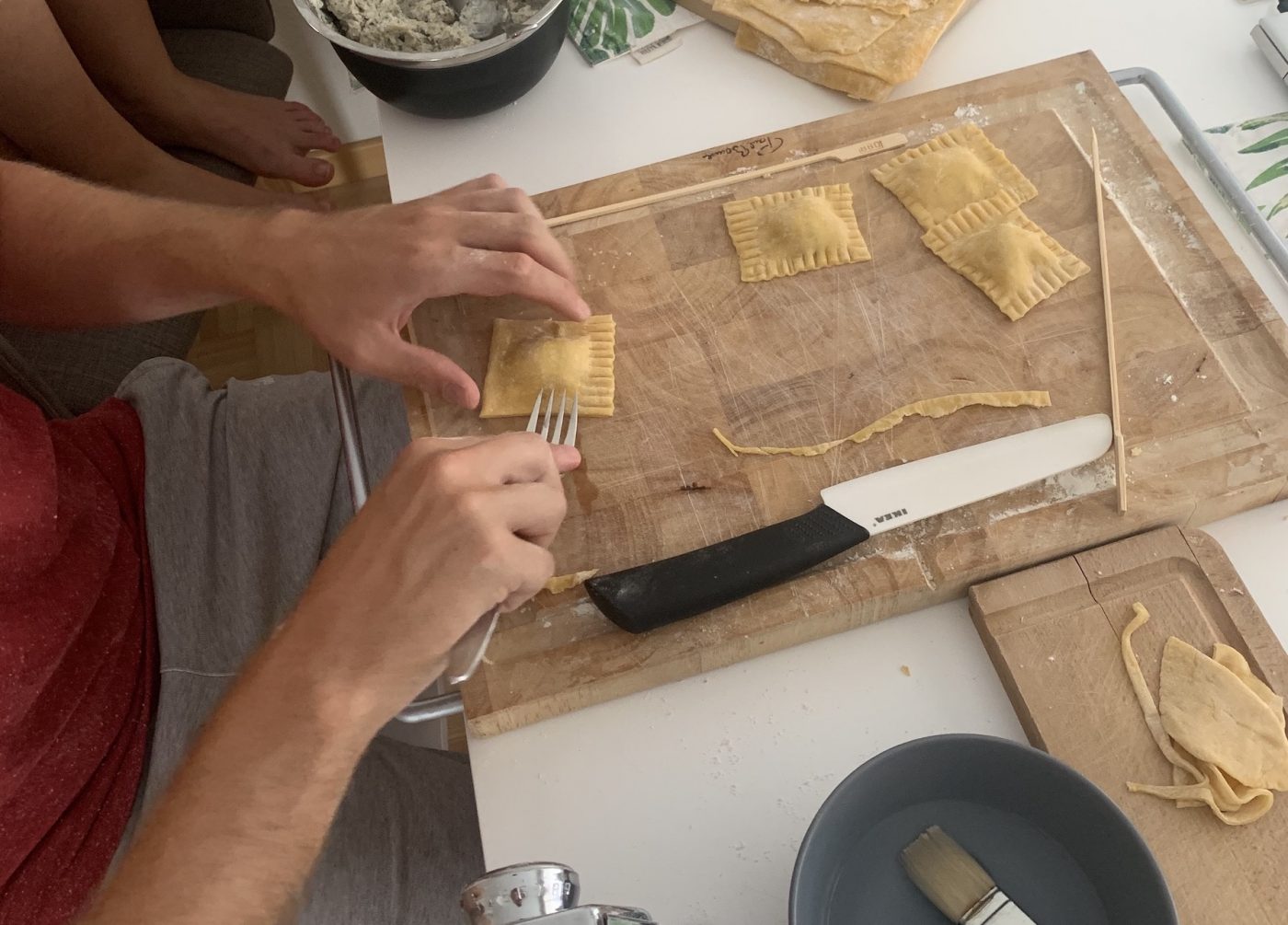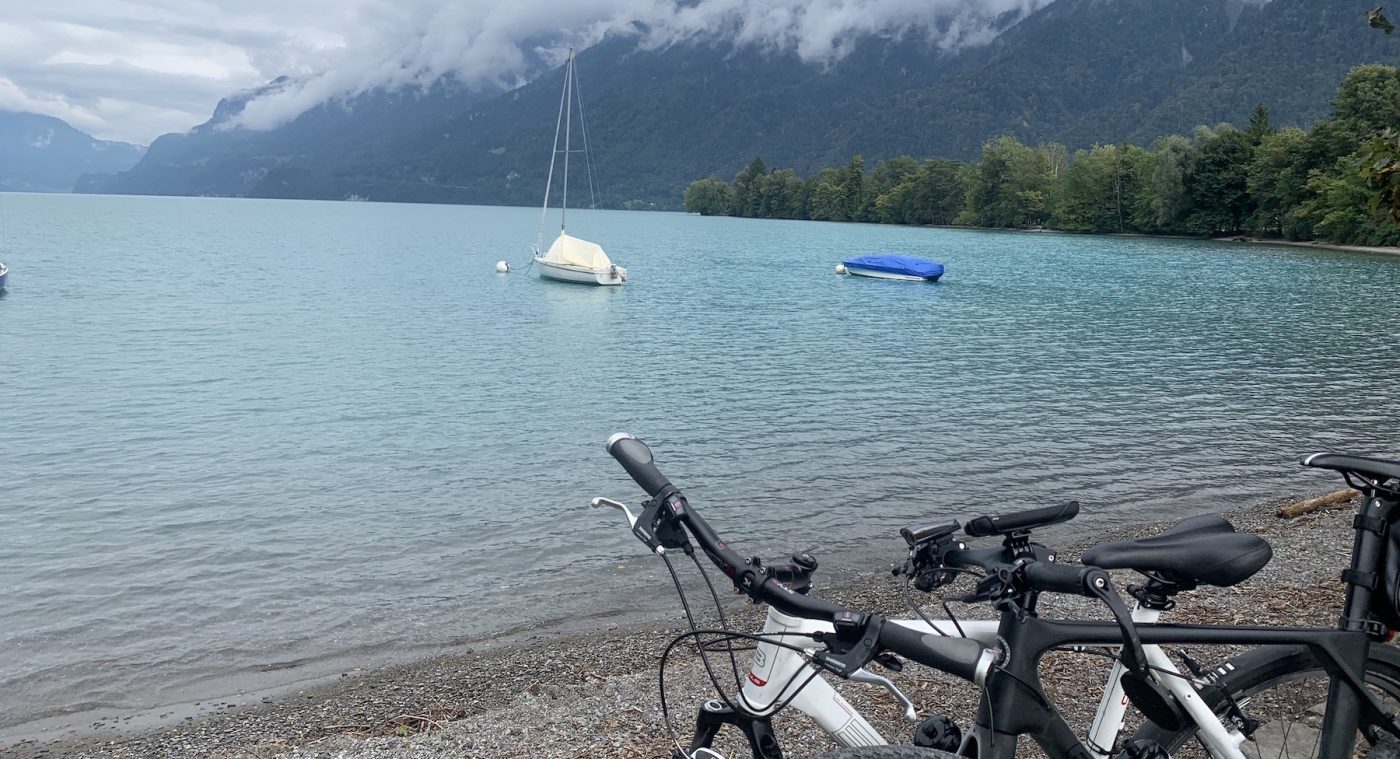
6 Ways to Budget From a Full-Time Digital Nomad

As a full-time digital nomad, I’ve learned a lot about how to maintain a healthy budget while traveling through vastly different countries.
I’ve worked remotely from countries on the lower end of my budget like Guatemala and Colombia, and in countries that are considered to be the most expensive in the world like Switzerland and Japan.
When your income doesn’t change based on your location, it’s important to create a budget that you can stick to regardless of the changes around you. Learn from my tips on how to approach managing your budget as a digital nomad.
1. Consider High-Season and Low-Season
The time of year that you visit a country can have a significant impact on your budget. Accommodations, food, and activities are typically more expensive in high-season but will come at a discount during the offseason.
For example, peak high-season in Europe is in July and August, while December through March is high season in New Zealand. Save your wallet and avoid the tourist crowds by scheduling your whereabouts during the offseason.

2. Book Longer Accommodations
While you might land a sweet deal for a 3-4 day stay, there are hidden costs in booking short-term accommodations when you’re a long-term traveler.
Each time you stay at a new property, you may need to pay for an added cleaning fee, purchase staples that you thought they’d have like soap or olive oil, and pay for costly transportation between new accommodations.
I stay a minimum of 30 days at every extended-stay hotel, furnished apartment, or co-living space to cut out any extra expenses throughout the month. Plus, sometimes you can get a much better deal at a property the longer you stay.
If you’re looking for longer stays, check out Anyplace, a marketplace for fully-furnished and flexible rentals available across 28+ countries in 100+ cities around the world.
3. Always Have Access to a Kitchen
Let’s face it: restaurant bills add up. It might seem fine to shell out cash for a coffee and pastry in the morning, a sandwich at lunch, and a meal at dinner, but that can easily turn into a $50 USD day depending on where you’re located.
If you can make your own coffee and cook your own meals, it can save on food-related costs, big time. Set a weekly budget for groceries and a separate budget for eating-out costs, so you have no surprises when you check your bank account.

4. Set an Activity Budget
One of the greatest parts of traveling as a digital nomad is getting to experience the activities in each location. From mountain biking to a local peak, to taking a sunset sail through the Caribbean, there are plenty of ways to spend your nights and weekends.
However, these types of expenses can add up. Set aside a budget for activities and entertainment, and then prioritize what you want to experience the most.

5. Tally International Travel Expenses
While having your passport and the local currency in hand can help you enter some countries, there can be some regular expenses you should weave into your budget.
Consider investing in travel insurance to cover any health issues, flight cancelations, or lost baggage problems. And, remember that visas, flights, and baggage fees can add up if you’re traveling frequently. When creating your monthly budget, set aside a budget for international travel expenses and emergencies.
6. Track Your Spending
The last thing you want to do is overspend one month and have to make it up the next. Use a travel budgeting app to track your spending in one place. As a visual person, I find it helpful to see each category of spending, such as food, accommodation, and flights, broken down by a pie chart, so I can see where I’m spending my budget the most and consider reprioritizing.

Sarah is a Content Marketing Manager at Anyplace, a marketplace providing people with easy, turn-key housing options all over the world. When she’s not working, she’s likely hiking a new trail, eating pho, or mapping out the next destination.

© 2022 Ori App Studio GmbH